9 Quiet Towns Tucked In The Sangre De Cristo Range + 3 Extra Gems
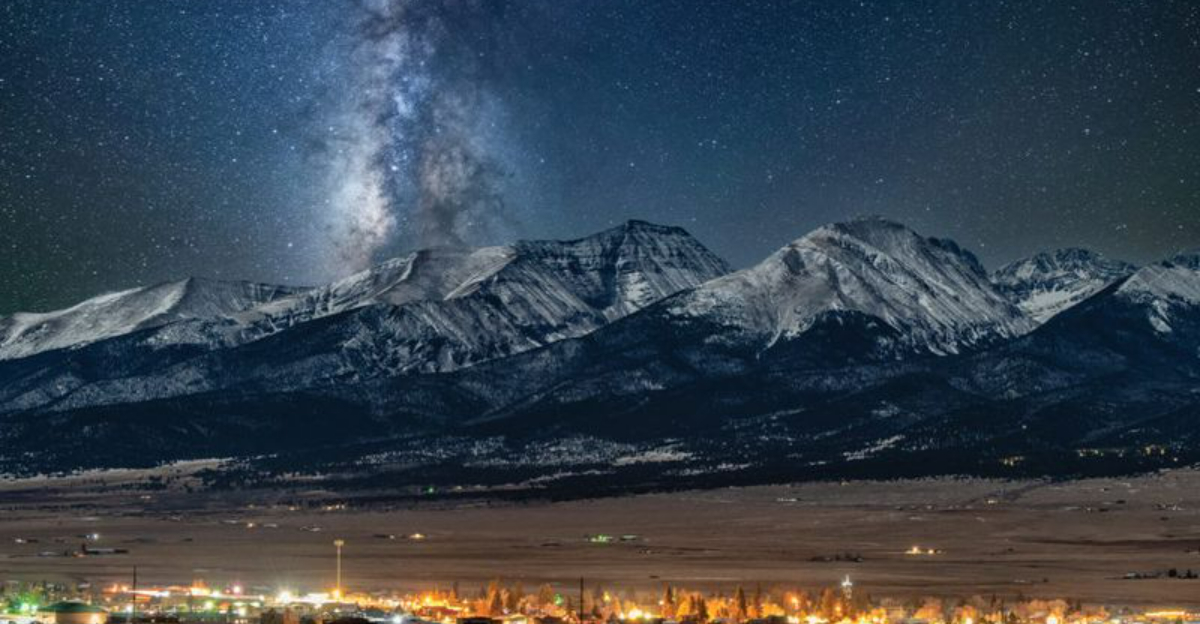
The Sangre de Cristo mountain range stretches dramatically across Colorado and New Mexico, hiding peaceful communities in its folds. These quiet towns offer a perfect escape from busy city life, with their stunning mountain views and relaxed pace.
Whether you’re looking for outdoor adventure, artistic inspiration, or simply a peaceful retreat, these hidden mountain gems have something special waiting for you.
1. San Luis: Colorado’s Oldest Town

Founded in 1851, this historic settlement holds the title of Colorado’s oldest continuously inhabited town. Walking through San Luis feels like stepping back in time. The central plaza and the nearby Stations of the Cross shrine attract visitors seeking both history and spiritual connection.
What makes this place special is how the local Hispanic culture has been preserved through generations. Many residents still speak Spanish as their first language and maintain traditional farming practices.
The R&R Market on Main Street has been operating since 1857, making it the oldest business in Colorado. Don’t leave without trying some local green chile – it’s a regional specialty with deep roots!
2. Crestone: Spiritual Haven in the Mountains
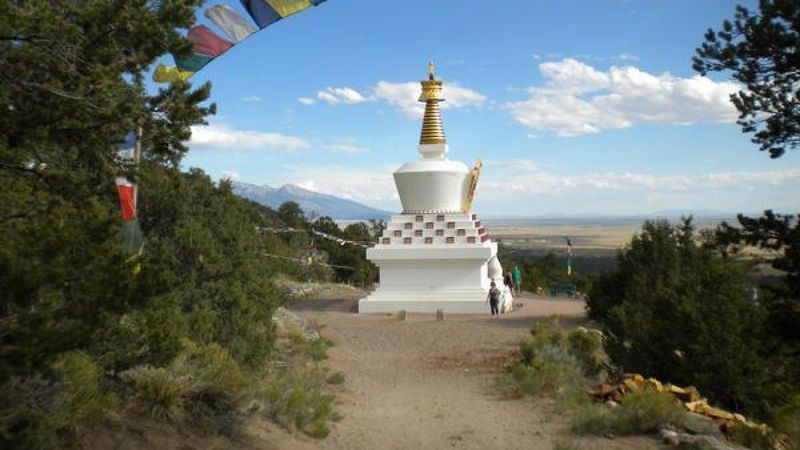
At the foot of the mountains sits one of the most spiritually diverse communities in America. How incredible to find Buddhist stupas, Hindu temples, Catholic monasteries, and Native American sacred sites all within walking distance of each other!
This tiny town of fewer than 200 residents has become a magnet for spiritual seekers and those looking to reconnect with nature. The surrounding wilderness offers incredible hiking opportunities and hidden hot springs.
Many locals practice sustainable living with solar power and organic gardening. You’ll find unique artisan shops, healing centers, and vegetarian cafés tucked along the dusty streets – evidence of the creative, alternative culture that flourishes in this remote mountain setting.
3. Truchas: High Desert Artist Enclave

Perched at 8,000 feet on the High Road to Taos, this remote village captivates with its dramatic setting and artistic soul. The name means “trout” in Spanish, hinting at the excellent fishing in nearby streams.
Famous for appearing in the film The Milagro Beanfield War, Truchas remains authentically New Mexican. Adobe buildings line narrow streets while mountain views stretch endlessly in all directions.
Artists discovered this hidden gem decades ago, drawn by the extraordinary light and isolation. Now galleries dot the village, showcasing weaving, pottery, santero religious art, and landscape paintings. Despite the artistic influx, traditional Hispanic culture thrives alongside, with generations-old families still tending small farms and orchards on the mountainside.
4. Questa: Gateway to Wild Rivers
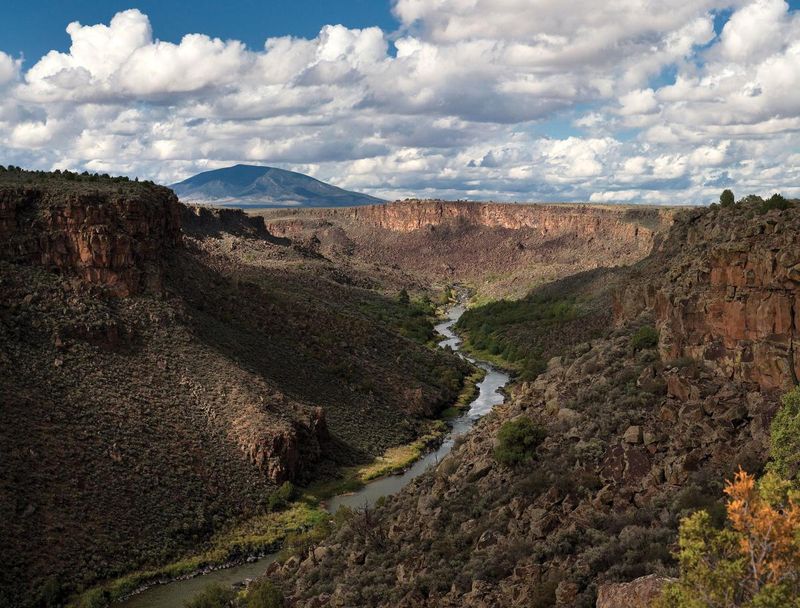
Once a mining town, Questa has reinvented itself as an outdoor recreation base camp. If you’re looking for uncrowded wilderness experiences, this is your place! The Rio Grande del Norte National Monument surrounds the town, offering spectacular gorge views and wild river adventures.
Local families have deep roots here, with many tracing their ancestry back to the original Spanish settlers. This cultural heritage shines through in the historic adobe church and annual San Antonio feast day celebrations.
Fishing enthusiasts flock to Questa for access to the Red River and Rio Grande. The Questa Studio Tour each September showcases local artists who draw inspiration from the rugged landscape. Unlike its famous neighbor Taos, Questa remains refreshingly authentic and unhurried.
5. Westcliffe: Where Stars Shine Brightest
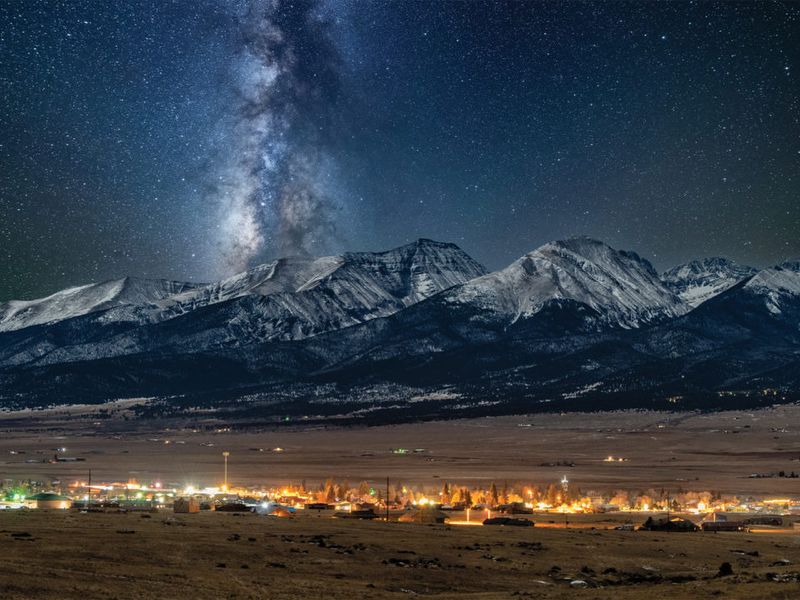
Nestled at 7,888 feet, this ranching community boasts the darkest skies in Colorado. I’ve never seen so many stars in my life! The town earned its International Dark Sky designation in 2015, making it a paradise for stargazers and photographers.
During daytime, you’ll be mesmerized by the dramatic views of the Sangre de Cristo mountains rising abruptly from the valley floor. The historic main street keeps things simple with family-owned shops and restaurants.
If you visit in July, don’t miss their High Mountain Hay Fever bluegrass festival that brings the small town to life with music echoing against the mountain backdrop.
6. Mora: Valley of Tradition
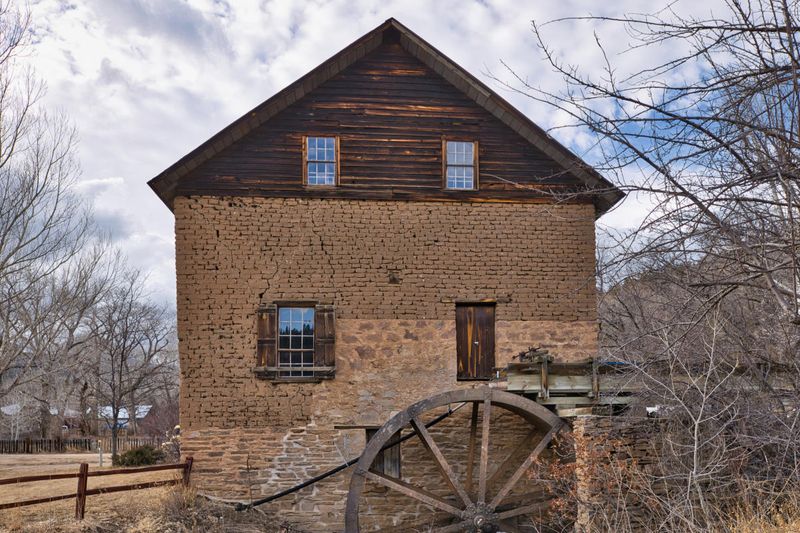
Tucked into a lush mountain valley, Mora exemplifies rural New Mexican life with its blend of farming traditions and natural beauty. When driving through, you’ll notice the patchwork of small fields, irrigation ditches, and historic adobe homes that create a timeless pastoral scene.
The town’s economy still centers around agriculture, with local families growing heritage crops and raising livestock. St. Vrain’s Mill, built in 1864, stands as a reminder of the area’s importance to early settlers.
Did you know Mora was once famous for its wheat production? The valley’s fertile soil yielded grain that supplied much of northern New Mexico. Today, the town hosts a vibrant farmers market where you can sample local produce, honey, and traditional foods like empanadas and biscochitos.
7. Chama: Where the Steam Train Still Runs
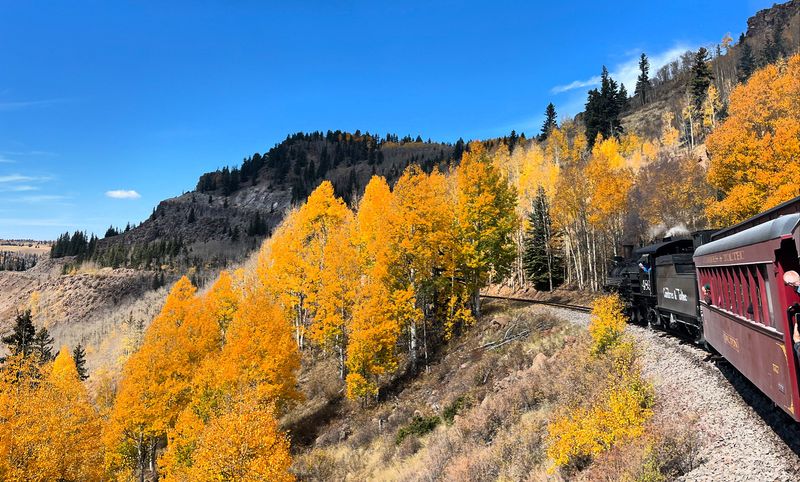
Railway enthusiasts consider this northern New Mexico town a living museum. The Cumbres & Toltec Scenic Railroad, America’s highest and longest narrow gauge steam railroad, operates from its historic depot, carrying passengers through spectacular mountain scenery just as it did in the 1880s.
Beyond the railroad, Chama offers world-class fly fishing on the Rio Chama. The town sits at the edge of the Sangre de Cristo range, making it a perfect basecamp for exploring both mountains and high desert.
Fall brings special magic when the aspen forests turn brilliant gold against blue skies. Local cafés serve hearty New Mexican fare – try the sopapillas drizzled with honey after your green chile stew! Despite its tourism appeal, Chama maintains its authentic small-town character.
8. Pecos: River Valley Hideaway
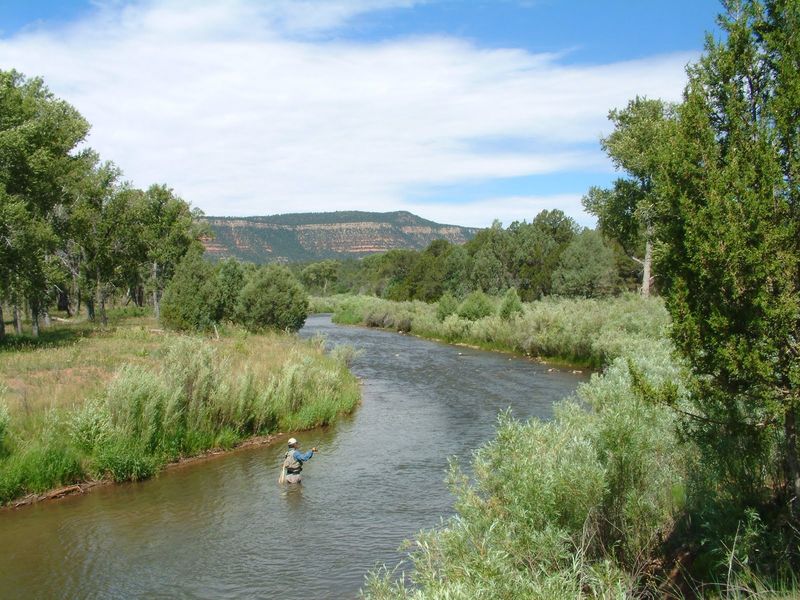
Just 30 minutes from Santa Fe lies this unassuming village where the Pecos River tumbles down from the mountains. Though close to New Mexico’s capital, it feels worlds away with its rural character and outdoor focus.
Fishing dominates local culture, with anglers from across the country drawn to the Pecos River’s legendary trout waters. The village serves as gateway to the Pecos Wilderness, where 223,000 acres of pristine forest and alpine meadows await hikers and horseback riders.
History runs deep here – Pecos National Historical Park preserves the ruins of an ancient pueblo and Spanish mission. Local restaurants serve some of the best green chile cheeseburgers you’ll ever taste, perfect fuel after a day exploring the mountains or casting for trout in the crystal-clear waters.
9. Las Vegas, NM: Historic Gem on the Prairie
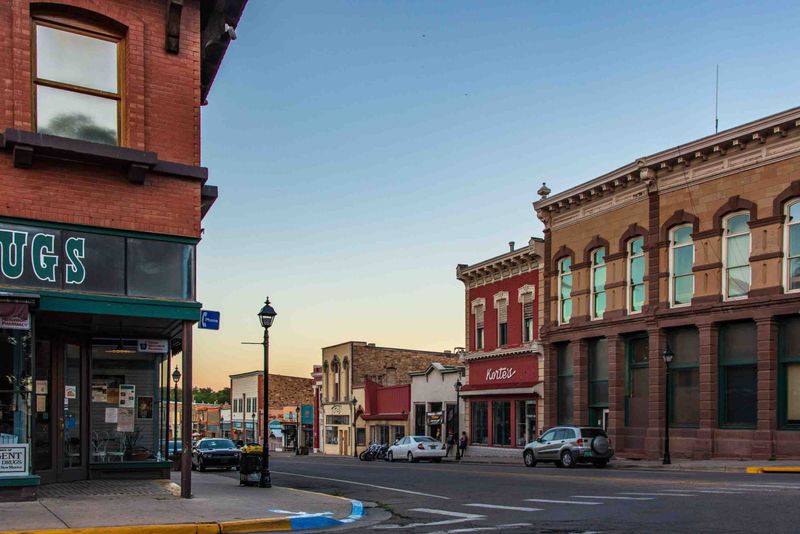
Not to be confused with its Nevada namesake, this Las Vegas sits where the mountains meet the plains. Over 900 buildings are listed on the National Register of Historic Places! The town flourished as a Santa Fe Trail stop and later as a railroad hub, leaving behind a remarkable architectural legacy.
Strolling through the Plaza and Railroad District reveals Victorian mansions, adobe structures, and Wild West-era buildings. Many Hollywood westerns have used the town as a backdrop due to its authentic frontier appearance.
Highlands University brings youthful energy to the historic setting. The surrounding area offers hot springs, hiking trails, and the spectacular Las Vegas National Wildlife Refuge. Unlike many tourist towns, Las Vegas remains primarily a working community where locals outnumber visitors.
10. Chimayó: Sacred Soil and Chile Paradise
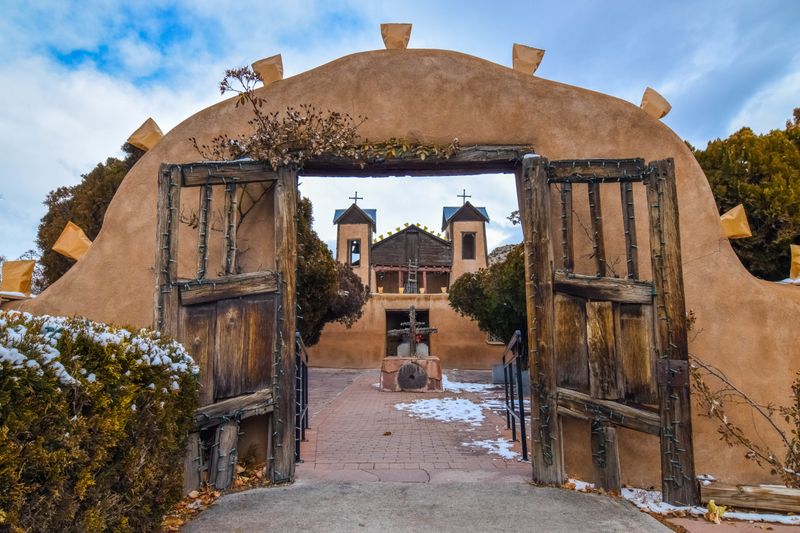
Famous for its Santuario where pilgrims collect healing soil, Chimayó blends deep spiritual traditions with renowned chile cultivation. Each Easter, thousands walk for miles to reach this sacred adobe church built in 1816.
Beyond its spiritual significance, the village maintains centuries-old weaving traditions. The Ortega and Trujillo families have been creating distinctive striped blankets and rugs for generations. Their workshops welcome visitors interested in this living cultural heritage.
No visit is complete without sampling the legendary local chile. Chimayó’s unique soil produces distinctive peppers used in the region’s most prized red chile powder. The village feels timeless with its adobe buildings, cottonwood trees, and irrigation ditches flowing alongside narrow roads that follow ancient pathways through the valley.
11. Arroyo Seco: Taos’ Charming Little Sister
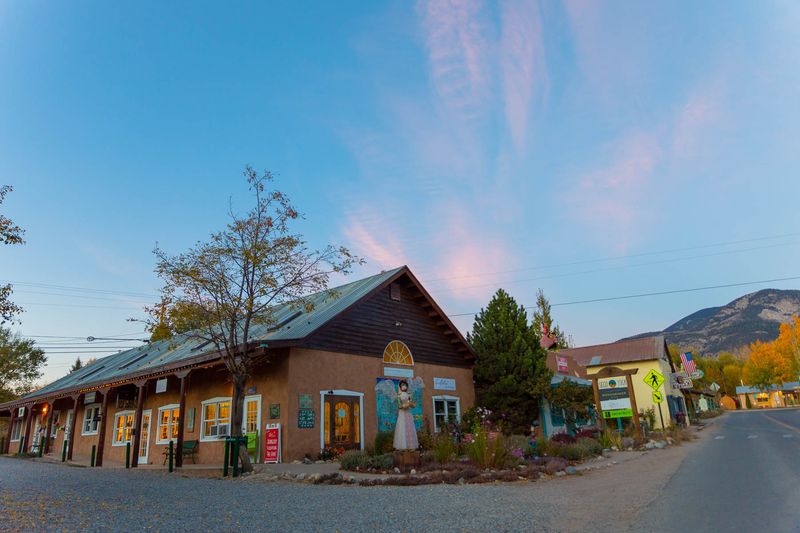
Just minutes from Taos but worlds away in atmosphere, this tiny village offers the perfect blend of local culture and visitor amenities. The name means “dry creek” in Spanish, referring to the seasonal stream running through town.
Artists and craftspeople have established studios throughout the village, creating everything from jewelry to pottery. Unlike busier Taos, Arroyo Seco maintains a relaxed pace where locals and visitors mingle naturally at the ice cream shop or outdoor patio restaurants.
During winter, the village becomes a hub for skiers heading to nearby Taos Ski Valley. Summer brings farmers markets and outdoor music performances. Year-round, the spectacular mountain views remind you why this special place has inspired generations of artists and dreamers seeking connection with the landscape.
12. Gardner: Huerfano Valley’s Hidden Treasure
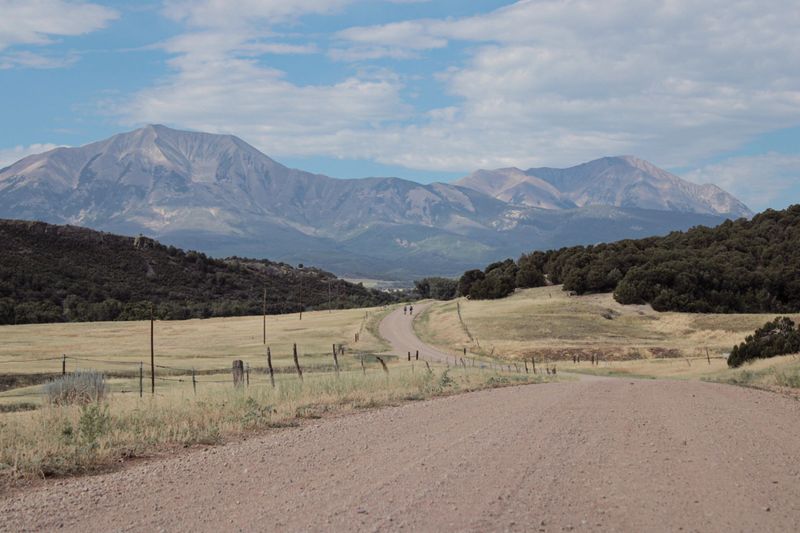
Few travelers discover this authentic ranching community tucked against Colorado’s Spanish Peaks. The dramatic landscape has shaped local culture – residents are hardy, independent, and deeply connected to the land.
Gardner’s isolation has preserved its rural character and strong Hispanic heritage. Many families have been here for generations, maintaining traditional practices like adobe building and acequia irrigation systems that date back to Spanish colonial times.
The Gardner Missionary Church, with its distinctive white steeple, has served as a community anchor since 1916. Nearby, the Huerfano River offers peaceful fishing spots beneath cottonwood trees. Unlike more developed mountain towns, Gardner provides an authentic glimpse into rural Colorado life where ranching remains the economic backbone and neighbors still know each other by name.
